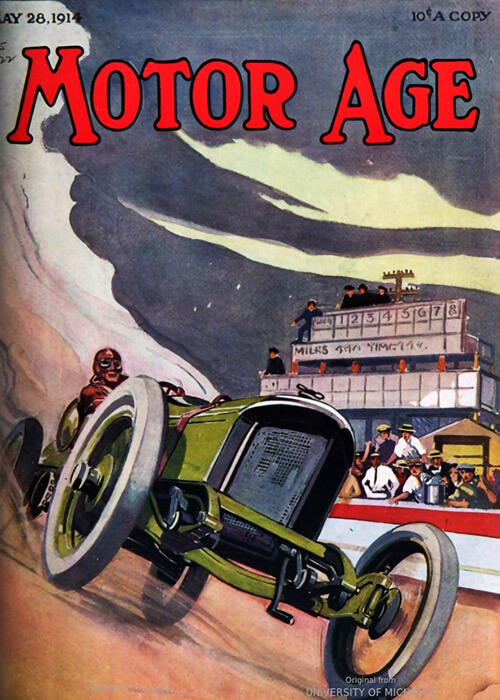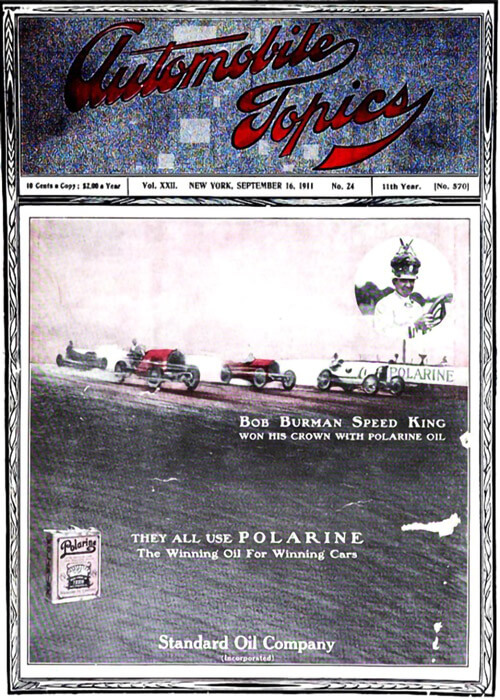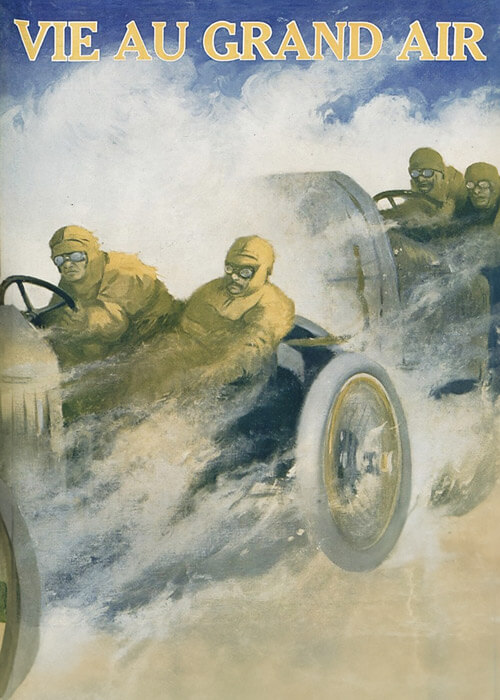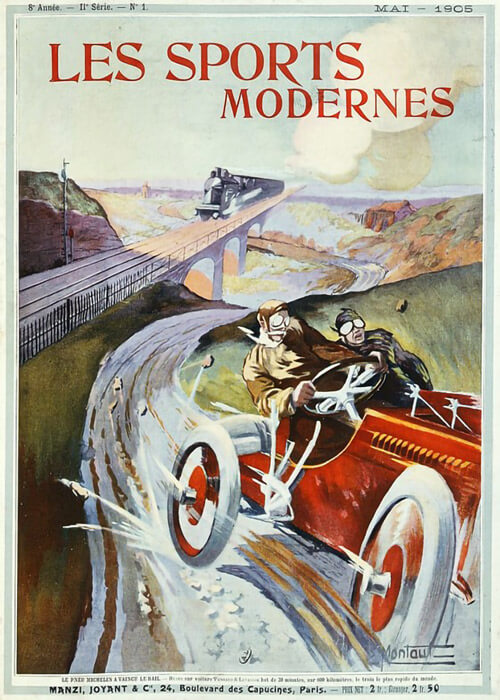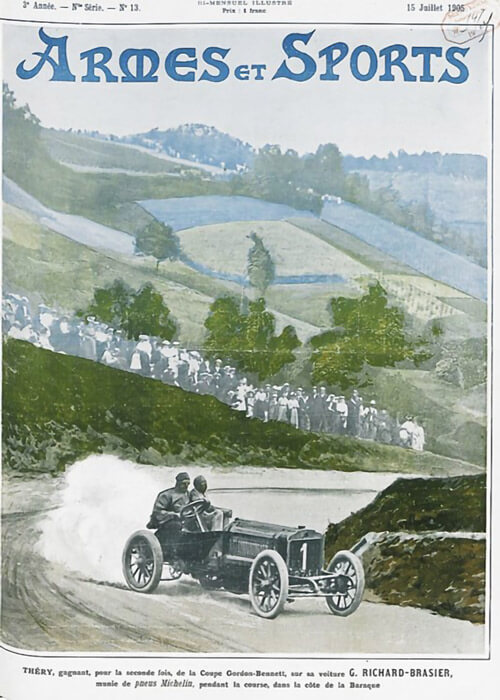The 1925 Indianapolis 500 – Front Wheel Drive on the move.
One year after the introduction of the first hallmark technical concepts perfected at Indianapolis, the second one arrived. Apart from following Duesenberg’s lead in the supercharging technology, Miller came with another innovation that is forever associated primarily with Indianapolis. Driver Jimmy Murphy, convinced of the merit of the idea had ordered Harry to develop a racing car with front wheel drive. The idea was to pull the car out of skids on the oil slick track later in the race. The design with bevel gear and differential in front of the engine, enabled: 1) a lower engine cowl and thus a smaller frontal area, 2) no rear driveshaft through the chassis and thus a lower driver position, hence a lower center of gravity of the car and 3) improved traction, especially in the curves.
Murphy died before the car was finished but a new buyer for it was found. Miller built a second car for himself but this car was withdrawn after qualifying. The race was won by Pete de Paolo, a nephew (and former riding mechanic) of Ralph de Palma. But the lone front drive (the Junior 8 Special) was competitive all day long and could have been a race winner if things had gone a little different in the pitlane. It was the first time the Indianapolis 500 was run in less than five hours and DePaolo the first driver to attain an average speed of over 100 mph.
Supercharging had arrived by now, and with the introduction of front wheel drive, the Golden age of the American racing car could begin.
